Petrochemical Graphene Polyolefins 24-12-2020 - Arhive
Petrochemical Graphene Polyolefins
Crude Oil Prices Trend

-UK and EU agree Brexit trade deal
No 10 says ‘we have taken back control’, after years of tortuous talks end in historic settlement allowing tariff-free trade in goods
A historic deal on the UK’s future trading and security relationship with the European Union has been struck on Christmas Eve, a week before the end of the Brexit transition period, triggering a victory cry from Downing Street and sombre reflection in Brussels.
As the country leaves the single market and customs union on 31 December, new arrangements allowing for tariff-free trade in goods and close police and judicial cooperation will come into force.
The announcement followed a final call between Boris Johnson in Downing Street and the European commission president, Ursula von der Leyen, in her Berlaymont headquarters in Brussels – at least the fifth such call over the last 24 hours.
The trade agreement – running to 2,000 pages – is unprecedented in scope, containing provisions on subjects varying from civil nuclear cooperation and energy interconnections to fishing and aviation.

-Lack of collection infrastructure blights European plastic bottle recycling
Europe is falling behind on its race to meet the European Union (EU) target of 90 per cent collection of plastic bottles by 2030 according to new research by ICIS. Results of the ICIS survey of the European RPET (recycled polyethylene terephthalate) industry in 2019 show that progress has been made, but this progress is being threatened by inadequate collection strategies and high contamination levels when it comes PET bottles.
Overall, the region saw a recycling rate of 46 per cent a rise of two per cent on the rate in 2018. “This is a marginal improvement, but still less than half of the bottles put into the market are recycled,” Helen McGeough, Senior Analyst of Plastic Recycling at ICIS said. “Given that PET is one of the most recyclable polymers in the market and the recycling infrastructure is more mature than other polymers, the question remains as to why this is not advancing to higher recycling rates.”
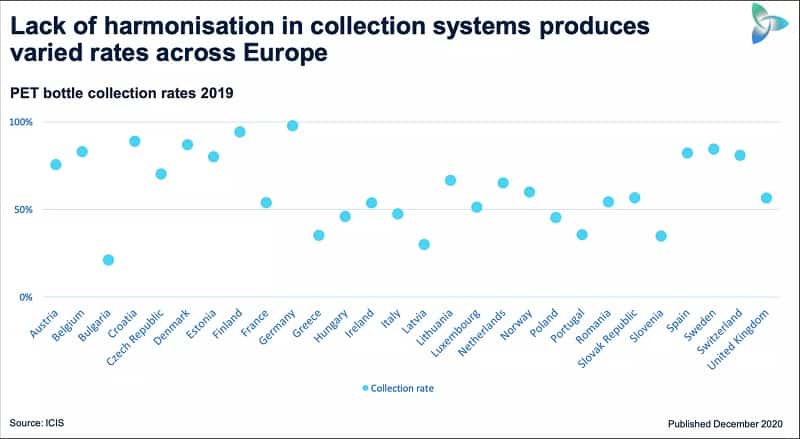
-Brexit talks risk dragging beyond Christmas
EU chief negotiator Michel Barnier says the bloc must be prepared to continue negotiations with the UK next year.
Michel Barnier’s chances of presenting a Brexit deal under the Christmas tree look slimmer than ever. Petrochemical Graphene Polyolefins
The EU’s chief Brexit negotiator told EU ambassadors and members of the European Parliament’s U.K. Coordination Group in two separate briefings on Tuesday that he could not give any indication whether he will be able to deliver a deal on future EU-U.K. relations before Christmas, whether talks will continue into next week or whether they will even drag into next year.
Barnier offered a somber assessment, in which he said there are gaps remaining on fisheries but also concerning the so-called level playing field, which determines how closely aligned Britain stays to the bloc, and on enforcement of any possible deal. The briefings raised strong doubts among EU diplomats and MEPs that a deal before Thursday morning, the last possible date by which EU diplomats say it can still be implemented before years’ end, is still feasible.
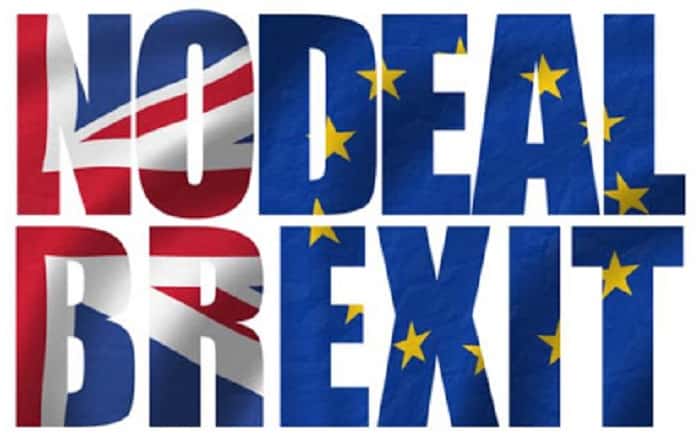
-BASF to increase caprolactam, nylon 6 prices
BASF says it will increase prices for caprolactam and downstream polymer polyamide 6 (PA6, Nylon 6) in North America by 6 cents/lb, effective 1 January, said Chemweek.
Major North American producers of caprolactam are AdvanSix, in Hopewell, Virginia; BASF, in Freeport, Texas; and Univex, in Salamanca, Mexico. Caprolactam is produced from the benzene derivatives phenol or cyclohexane. Petrochemical Graphene Polyolefins
North American producers of Nylon 6 include AdvanSix, BASF, Cast Nylons, Custom Resins, DuPont, EMS-Chemie, Mohawk Industries, Nylene Canada, Nylon Corporation of America, Quadrant Engineering Plastic Products USA, and Shaw Industries.
We remind that German chemicals maker BASF said in early November it had put a project to build a petrochemicals complex in India worth up to USD4 billion on hold due to the economic uncertainty caused by the COVID-19 pandemic. BASF signed a memorandum of understanding with Abu Dhabi National Oil Company (ADNOC), Adani Group and Borealis AG in October 2019 to evaluate a collaboration to build the chemical site in Mundra, in India’s Gujarat state.
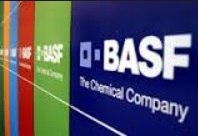
-OUTLOOK ’21: Europe PE and PP tightness to ease on new supply
2020 is not ending as many expected in the European polyethylene (PE) and polypropylene (PP) markets, and sentiment has changed significantly in the last few weeks. Petrochemical Graphene Polyolefins
2020 was expected to be a poor year, as imports of ethane-based PE, mainly from the USA, were expected to arrive in greater supply.
In fact, there was an increase in PE and PP packaging, caused by strong buying as the first wave of the coronavirus pandemic sent buyers rushing to the shops.
Other industries were shut down, such as automotive, where 10-11% of PP is used.
By the second half of the year most applications were returning to normal. Automotive has fared better than expected, and packaging is back to normal levels. Those involved in health and hygiene have remained good throughout.
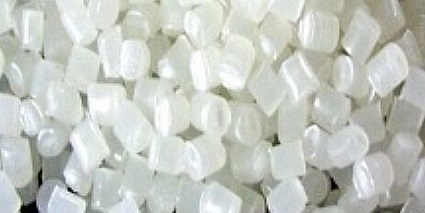
-Henkel launched almost 700 million bottles made of 100% recycled plastics to the market in Europe
Henkel is reaching a milestone in its engagement for sustainable packaging: The company used almost 700 million bottles made of 100 percent recycled plastics for Laundry & Home Care products in Europe – more than 400 million alone in 2020. The recycled material stems from post-consumer waste, including Social Plastic® from Henkel’s partnership with the Plastic Bank. Petrochemical Graphene Polyolefins
The bottle of Pril Pro Nature is one of many in Henkel’s portfolio which are already converted to 100 percent recycled plastic. (Photo credit: Henkel)
By increasing the number of packaging made of recycled material, Henkel does not only contribute to a circular economy but also to climate protection: Recycled PET has an almost 80 percent lower CO2 footprint compared to virgin plastic.
“At Henkel, we promote sustainable packaging solutions and foster a circular economy along the value chain – because we are committed to live up to our responsibility as a consumer goods manufacturer,” says Abdullah Khan, Head of Packaging Sustainability Laundry & Home Care at Henkel. “We are increasing the share of recycled material across our entire portfolio and many packaging includes recycled plastics already.
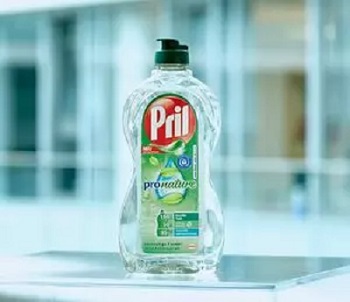
-Graphene coating could help create higher energy density lithium-ion batteries
Researchers at Northwestern University and Clemson University in the U.S, along with researchers from Sejong University in Korea, have examined the origins of degradation in high energy density LIB cathode materials and developed graphene-based strategies for mitigating those degradation mechanisms and improving LIB performance.
Their research could be valuable for many emerging applications, particularly electric vehicles and grid-level energy storage for renewable energy sources, such as wind and solar. Petrochemical GraphPetrochemical Graphene Polyolefins ene Polyolefins
“Most of the degradation mechanisms in LIBs occur at the electrode surfaces that are in contact with the electrolyte,” said author Mark Hersam. “We sought to understand the chemistry at these surfaces and then develop strategies for minimizing degradation.”
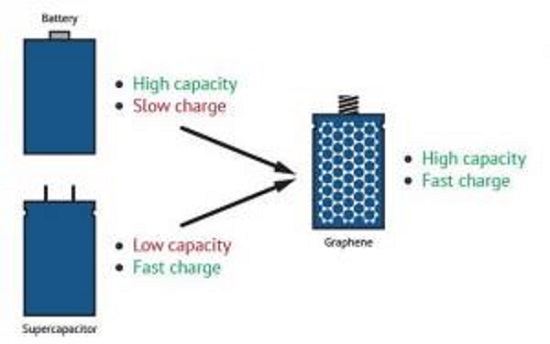
-HMSHost and Sourcy: launch 100% rPET bottled water at Schiphol
HMSHost International, global market leader in the food and hospitality industry for people on the move, puts sustainability firmly on the menu by introducing Vrumona’s 100% recycled plastic (rPET) Sourcy mineral water at Amsterdam Airport Schiphol. From this month onwards, all locally sourced bottled water at HMSHost stores at Amsterdam Airport Schiphol will switch over to the rPET bottles, boosting the company’s 2030 sustainability goals and nationally launching Sourcy’s move to 100% rPET bottles.
Sustainability is a strong feature of the long-term partnership between HMSHost International and Amsterdam Airport Schiphol.
Together they are working to reach their goals around zero waste and a circular economy by 2030. Petrochemical Graphene Polyolefins
With annual sales of around 30 million PET bottles, HMSHost International highlighted this as a high impact opportunity for sustainability savings across its 19 countries. Back in 2019, rPET made up around 14% of the raw materials for HMSHost’s bottled beverages. This initiative, amongst others, boosts the company’s rPET ratio to about 85% in 2021, and is estimated to save around 200,000kg of virgin plastic and 150,000kg of CO2. Perfectly in line with the company’s sustainability catchphrase ‘start somewhere’, and positively contributing to making the world a better place.
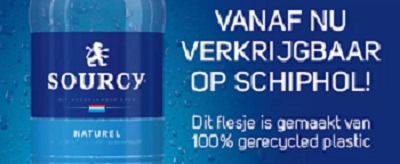
-Smart new technologies can play a vital role in addressing plastic pollution crisis
From source to sea, our waters are contaminated by a plastics scourge. A new study by the UN Environment Programme (UNEP) and the International Water Management Institute (IWMI) offers a number of technological solutions aimed at tackling one of the world’s most pressing issues. Petrochemical Graphene Polyolefins
Approximately 8 million metric tonnes of plastic litter flow to the ocean annually, and only 9% of plastic waste ever produced has been recycled. A large percentage of the rest ends up in landfills, dumps and the environment, often findings its way to rivers, lakes and oceans through runoff, leakage, flushing of disposable wipes and hygiene products.
Another major issue relates to microplastics – those plastics that are smaller than 5 millimeters, and that pose increasing environmental, economic and health hazards. Sometimes these are intentionally added to products, for example in cosmetics, for seed coatings, paint, washing powders and other applications.
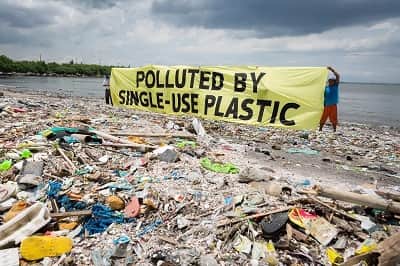
-OP-ED: An unlikely saviour for the environment? PET may solve our plastic problem
PET is among those plastics which are an important part of everyday life. PET is the short form of polyethylene terephthalate, the chemical name for polyester. PET was first synthesized in North America in the mid-1940s by DuPont chemists searching for new synthetic fibers. Petrochemical Graphene Polyolefins
Polyethylene terephthalate is a food grade plastic, used the world over for food and pharma packaging and has the highest rate of recycling, with 95% of PET products being recycled.
PET is a great resource with many advantages: Clear, safe, lightweight, transparent, shapeable, and 100% recyclable, as PET bottles can be made from completely recycled resin, meeting all food safety parameters. PET also has a very low environmental footprint compared to alternative non-plastic materials.
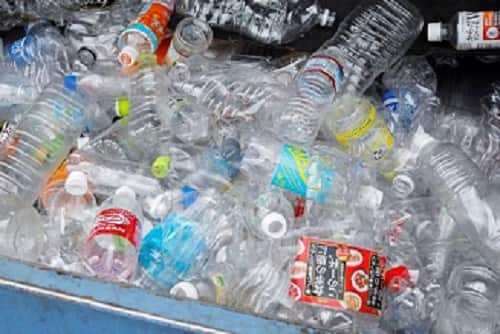
-Africa: Chemical Industry Targets Kenya for Dumping Plastic, Chemical Waste
Kenya has been a beacon for global efforts to reduce plastics. The country’s 2017 plastic bag ban reduced environmental degradation that comes from plastic waste and demonstrated decisive government action against plastic pollution. Now, Kenya finds itself again in the spotlight as the primary line of defense to protect Africans from an unprecedented explosion of toxic plastic waste across the continent. New research exposing that toxic chemicals from plastics are poisoning Africa’s food chain, covered in The East African, should strengthen governmental resolve to protect the collective health of Kenyans and all Africans. Petrochemical Graphene Polyolefins
When China closed its door to imports of the world’s plastic waste in 2017, the world’s biggest plastic waste producers began dumping plastic waste in countries with developing economies and weaker environmental infrastructures, predominantly in South East Asia. The recycling game had been disrupted , but the world pushed back .
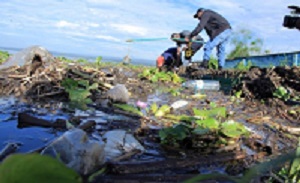
Petrochemical Graphene Polyolefins
